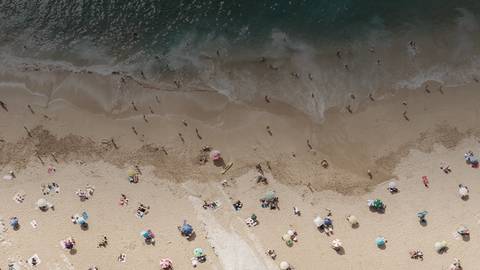Dr. Turck:
Coming to you from the ReachMD Studios, this is COVID-19: On the Frontlines. I’m Dr. Charles Turck.
The following is a news brief on a report that calls into question the conventional wisdom that warm weather will bring an end to the pandemic, as reported by the New York Times.
With summertime fast approaching, many Americans are holding onto the hope that the heat will help stop the spread of COVID-19.
But a report submitted to the Office of Science and Technology Policy at the White House warns that warm weather will not stop infections from increasing.
In the report, a panel from the National Academies of Sciences, Engineering, and Medicine concluded from a variety of studies that increases in temperature and humidity will not impact the virus. While infections may very well decrease over the coming months as a result of social distancing measures, the report warns that positive results arising from those measures should not be conflated with a change in the weather.
Now, a few laboratory studies have found that high temperatures and humidity may impact the virus’s ability to survive in the environment, but the report included the caveat that a low level of evidence precluded considering the findings conclusive.
The report also threw cold water on the notion that pandemics follow the same trend as seasonal outbreaks – with seasonal outbreaks often experiencing an ebb during warmer, summer months. Citing the history of major influenza outbreaks, the report stated that just two out of the ten flu pandemics that have occurred in the past 250-plus years started in winter, while three started in the spring, two in the summer, and three in the fall. All of that suggests – from the admittedly few data points available – that pandemics and seasonal outbreaks behave differently.
That, together with the observation that countries like Australia and Iran experienced rapid virus spread even their summer months, casts further doubt on the idea warmer weather, in and of itself, will provide respite from the pandemic.
Qasim Bukhari, a computational scientist at M.I.T. and co-author of the study, is quoted as saying: “Especially in the U.S., any effect, even in the summer months, may not be highly visible, so our real chance to stop this virus is indeed through taking quarantine measures.” Visit NYTimes.com for the full story and NAP.edu to access the study.
For ReachMD, this is COVID-19: On the Frontlines. And as always, to add your perspectives on the fight against the pandemic, visit us at ReachMD.com and become Part of the Knowledge. Thank you for listening.


Facebook Comments